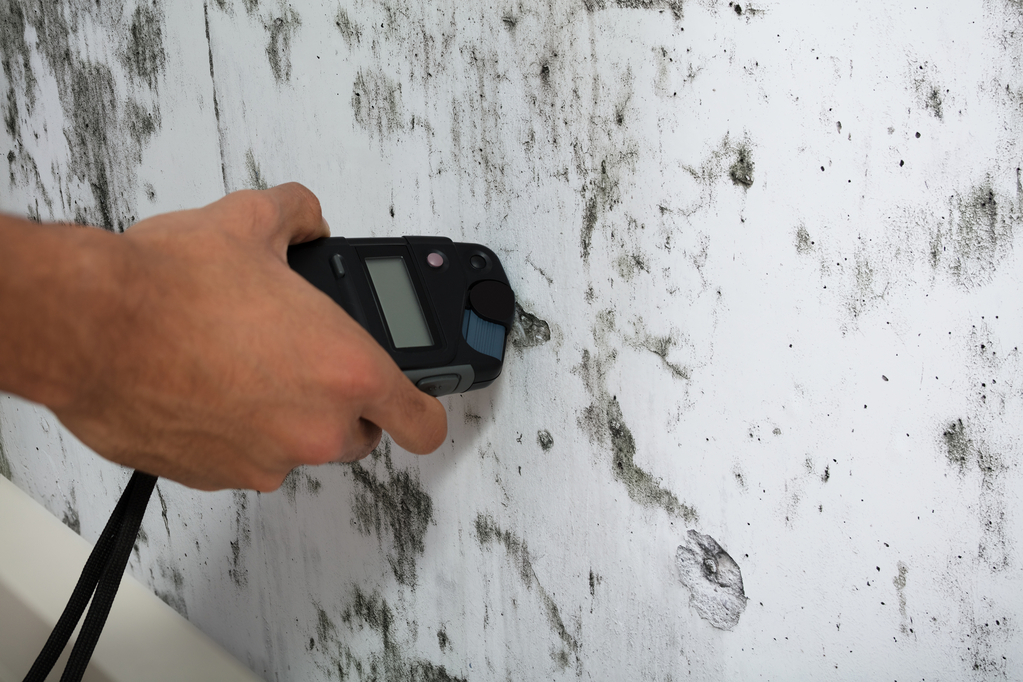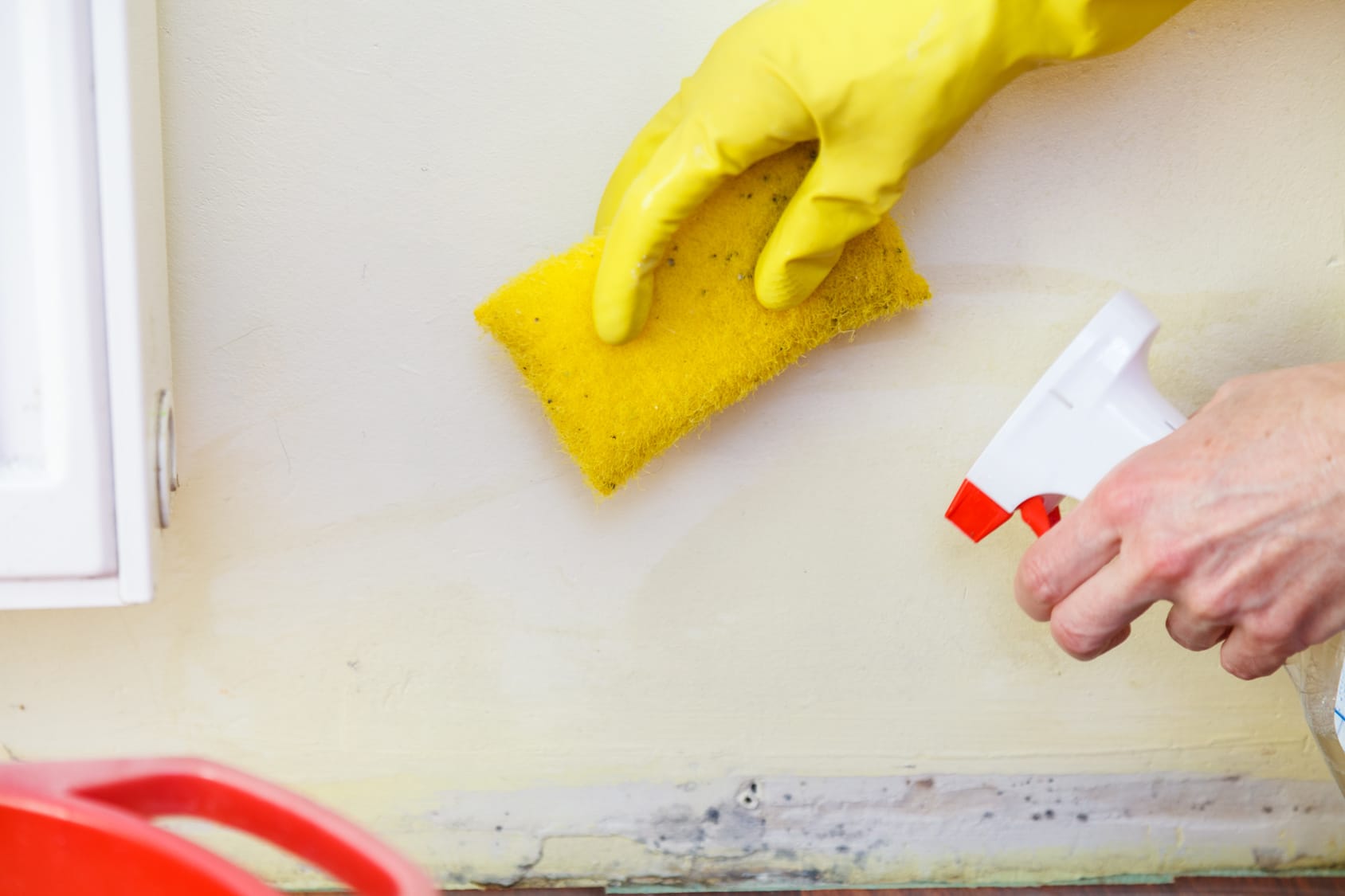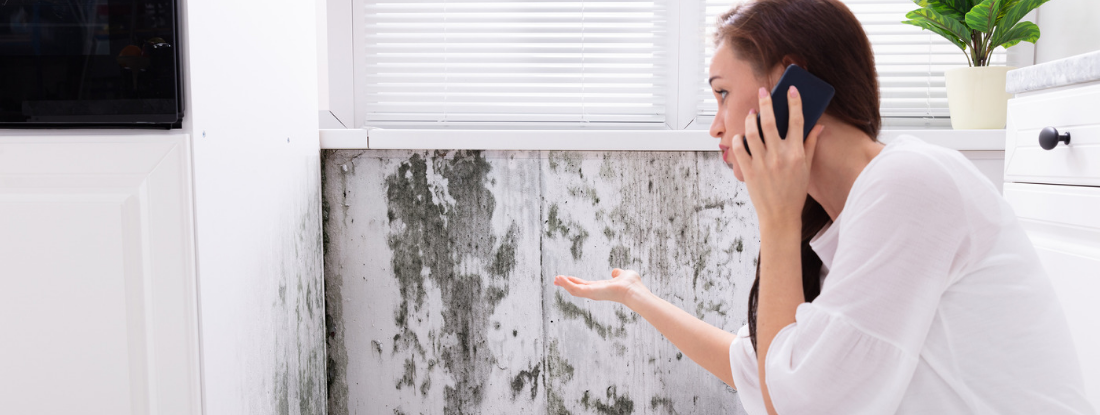Testing Air Quality After Mold Remediation
Testing Air Quality After Mold Remediation
Blog Article
Your Ultimate Guide to Article Mold Remediation Strategies
Browsing the world of post-mold remediation strategies is a precise procedure that requires focus to information and a thorough understanding of the ins and outs included. In the consequences of mold problem, recognizing exactly how to properly get rid of the mold and mildew and avoid its reoccurrence is critical for maintaining a healthy and balanced interior environment. From picking the ideal cleansing and sanitizing approaches to implementing methods for long-term mold and mildew prevention, each action in the removal journey plays a vital role in ensuring an effective result. As we embark on this exploration of post-mold removal techniques, we will reveal the essential approaches and finest techniques that can assist you recover your area to its pre-mold problem and safeguard it versus future mold dangers.
Understanding Post-Mold Removal Process
After finishing the mold removal procedure, it is important to understand the post-mold removal techniques that are essential to make certain a efficient and thorough cleanup. Once the mold and mildew has been gotten rid of, the next step involves cleansing and disinfecting the impacted locations to protect against any type of regrowth of mold.
In addition, conducting a final inspection post-remediation is important to guarantee that all mold has actually been effectively gotten rid of. This evaluation must involve a complete visual check as well as perhaps air sampling to confirm the absence of mold and mildew spores airborne. Additional remediation may be needed if the examination reveals any type of remaining mold. Lastly, informing passengers on safety nets such as managing wetness degrees and without delay dealing with any water leakages can aid keep a mold-free environment.
Effective Cleaning Up and Sanitizing Methods

Protecting Against Future Mold Development

Significance of Proper Ventilation
Correct air flow plays a vital function in stopping dampness buildup, a vital aspect in mold development within indoor settings. Efficient air flow systems help get rid of excess humidity from the air, lowering the possibilities of mold spores locating the moisture they require to spread and sprout. Without sufficient air flow, interior areas can come to be a breeding place for mold and mildew, learn the facts here now resulting in possible health threats and structural damages.
By ensuring appropriate air circulation, air flow systems can also assist in drying damp locations faster after water damage or flooding incidents, additionally discouraging mold and mildew growth. After mold remediation. Precede like bathrooms, kitchen areas, attics, and basements where dampness levels often tend to be greater, installing and maintaining efficient air flow systems is important in avoiding mold and mildew invasions

Tracking and Maintenance Tips
Provided the essential duty that correct air flow plays in stopping mold development, it is necessary to develop effective surveillance and maintenance ideas to guarantee the ongoing capability of air flow systems. Regular evaluations of air flow systems must be conducted to check for any kind of indications of blockages, leakages, or malfunctions that can restrain proper air movement. Monitoring moisture levels within the residential property is additionally essential, as high moisture can add to mold and mildew development. Mounting a hygrometer can assist track humidity levels and alert homeowners to any spikes that might call for attention. Furthermore, making certain that air filters are consistently cleaned or changed is necessary for preserving the efficiency of the ventilation system. Carrying out a schedule for regular upkeep tasks, such as duct cleaning and a/c system inspections, can aid protect against problems before they escalate. By staying aggressive and conscientious to the problem of air flow systems, homeowner can properly minimize the danger of mold mold removal on wall and mildew regrowth and preserve a healthy indoor atmosphere.
Final Thought
In conclusion, post-mold remediation strategies are necessary for ensuring a clean and secure atmosphere. Comprehending the process, applying reliable cleaning and decontaminating techniques, avoiding future mold development, maintaining correct ventilation, and normal tracking are all important action in the removal process. By adhering to these guidelines, you can efficiently get rid of mold and mildew and stop its return, promoting a healthy living or functioning room for all residents.
In the aftermath of mold and mildew infestation, understanding how to properly eliminate the mold and mildew and prevent its reoccurrence is vital for maintaining a healthy interior environment. When the mold and mildew has been gotten rid of, the next step entails cleaning and sanitizing the influenced areas to stop any regrowth of mold - Post Remediation verification. After getting rid of visible mold development, it is critical to clean all surfaces in the damaged location to eliminate any type of staying mold and mildew spores. To better enhance mold prevention procedures, it is crucial to address underlying problems that click to read at first led to mold and mildew growth.Given the important duty that correct air flow plays in stopping mold and mildew development, it is vital to develop efficient tracking and upkeep tips to ensure the ongoing capability of air flow systems
Report this page